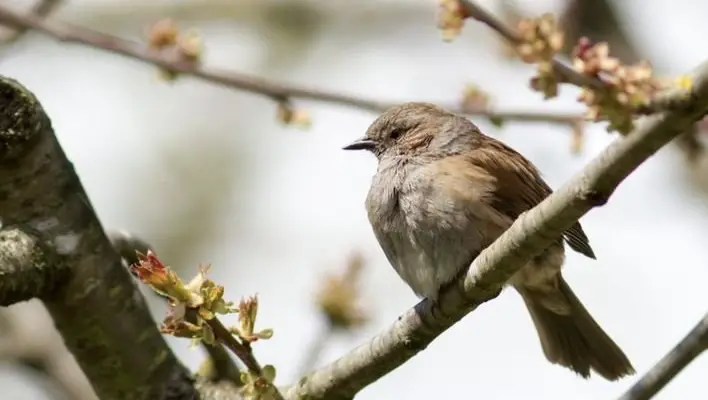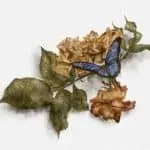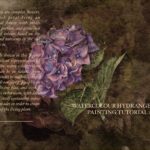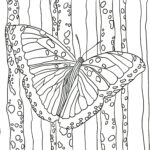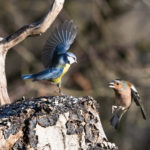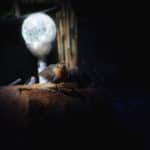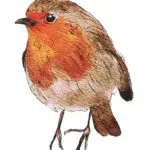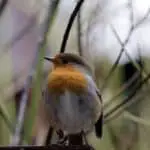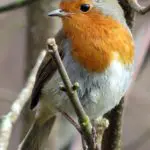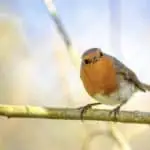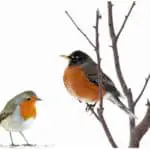Dunnocks (scientific name: prunella modularis) are small birds commonly found across the UK and other parts of Europe. They are similar in size to a robin, and are also known as hedge sparrows, hedge warblers or hedge accentors. They don’t belong to the sparrow family, although they are often mistaken for sparrows. They belong to a bird family called accentors.
Accentors are a genus of birds in the family Prunellidae, a small group of closely related passerines (perching birds). Dunnocks are traditionally inhabitants of the mountainous regions of Europe and Asia.
In general, accentors do not migrate, although they do avoid the coldest parts in winter and may return in spring and summer months.
While accentors appear similar to the sparrow bird family, they are not closely related. They eat slightly different types of food, resulting in different shaped beaks. Like sparrows, many accentors live in groups. The dunnock bird, however, is an exception to this. Dunnocks fly solo or in pairs during breeding season.
Other birds in the accentor bird family include the alpine accentor, altai accentor, black-throated accentor, brown accentor, Japanese accentor, maroon-backed accentor, Mongolian accentor, Radde’s accentor, robin accentor, rufous-breasted accentor and the Siberian accentor.
Dunnocks are recognisable mainly by their sharp, pointed beak and blue-grey colour. They are a small bird, and tend to shy away from interactions with humans. They like to be close to the ground, as their main food source is invertebrates such as worms, beetles and spiders. The male and femaledunnock bird are very similar in size and in appearance, and so are quite hard to tell apart unless they are together.
Dunnocks are typically only 14cm in length, approximately the same size as a sparrow. They have a wingspan of between 19cm and 21cm, and usually weigh between 19g and 24g. Their characteristic features include thin, pointed beaks and blue-grey markings on their head.
Dunnocks are well adapted for their diet. Their sharp beak allows them to eat worms, insects, spiders and occasionally seeds with ease. They can mainly be found darting around on the ground, to be close to their food source.
Dunnocks typically live in both urban and rural areas. They like to live in woodland, hedgerows and shrubs, where they can be close to their food source. Changes to the amount of suitable habitat available to dunnocks in recently years has resulted in a decline in their population in the UK.
The dunnock bird is native to Europe and some parts of Asia, and they were introduced into New Zealand wildlife in the 19thcentury.
Dunnocks are known for being polyandrous, a trait that is quite unusual in birds. Female dunnocks will often breed with multiple males during a breeding season, in order to increase the number of adult dunnocks providing for one brood. Multiple males will often assist in the upbringing of one set of nestlings, and evidence suggests that they do not discriminate between their own offspring and the offspring of the other males.
Dunnock nests are typically made from twigs, moss and feathers, and usually hold between three to five eggs in one brood. The female dunnock bird will lay two or three sets of eggs per year.
Dunnocks are territorial and often engage in conflict, especially when one has encroached on another’s space, or there is a need to enforce a hierarchy. However, they are generally tolerant of each other when it comes to breeding season. Many males and females will work together to raise one nest of dunnocks. Unlike many garden birds, dunnocks tend to operate solo. They have individual territories that rarely cross over.
Dunnocks are commonly mistaken for sparrows, as they are similar in size and appearance. However, there are a few key differences. Firstly, their beaks are slightly different. Sparrows have a more rounded, short beak that is designed to break open seeds with ease. In contrast, dunnocks have sharp, pointed beaks that are more suitable for eating insects and spiders. Secondly, their head markings and colour are different. The dunnock bird has a blue-grey head, and a streaky brown back. Sparrows often have black markings on their head and chest, on the chest for house sparrows and the cheek for tree sparrows. The head of sparrows is often more brown than black. In addition to this, sparrows and dunnocks can be distinguished by the habitats they reside in, their preferred foods, their sociability and the sound they make.
